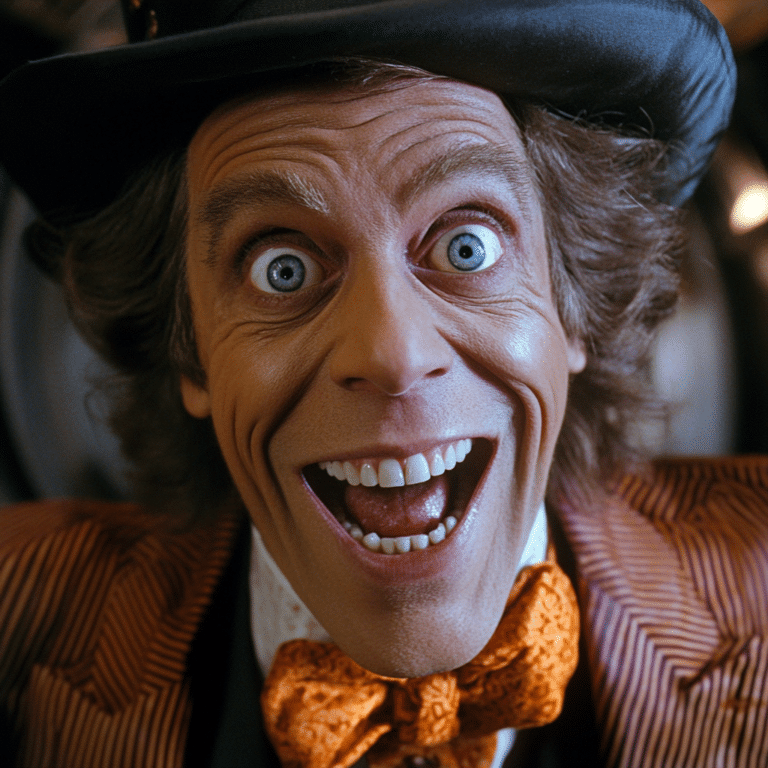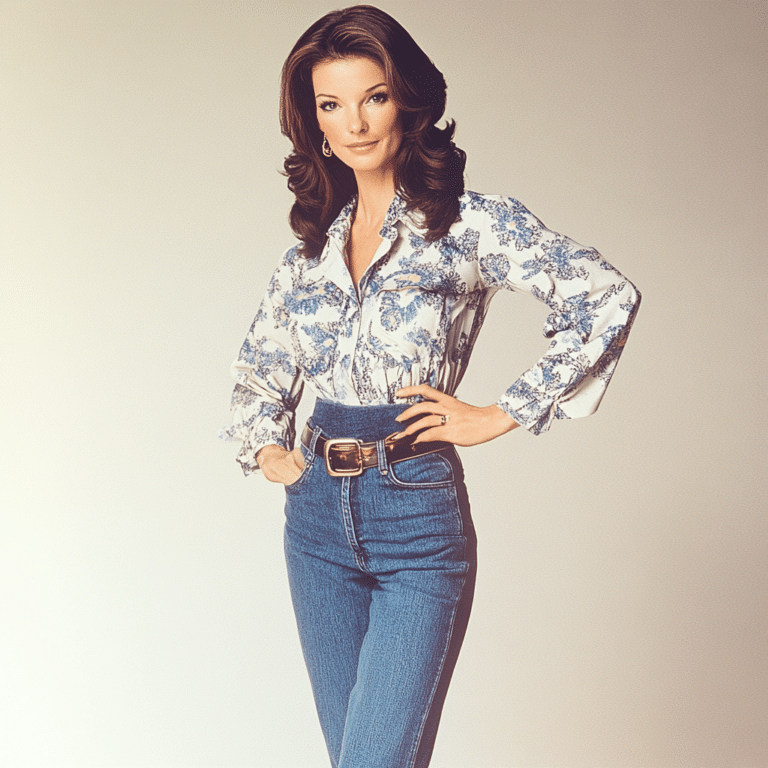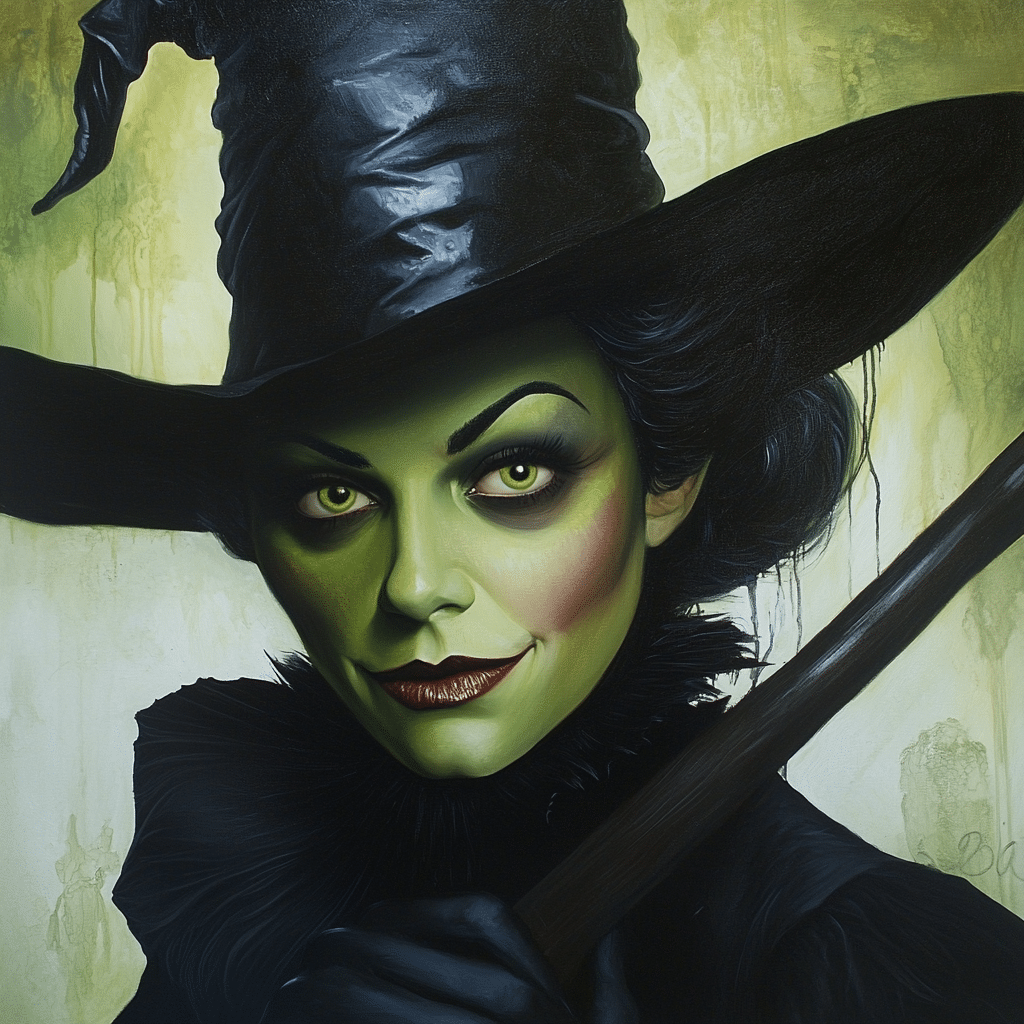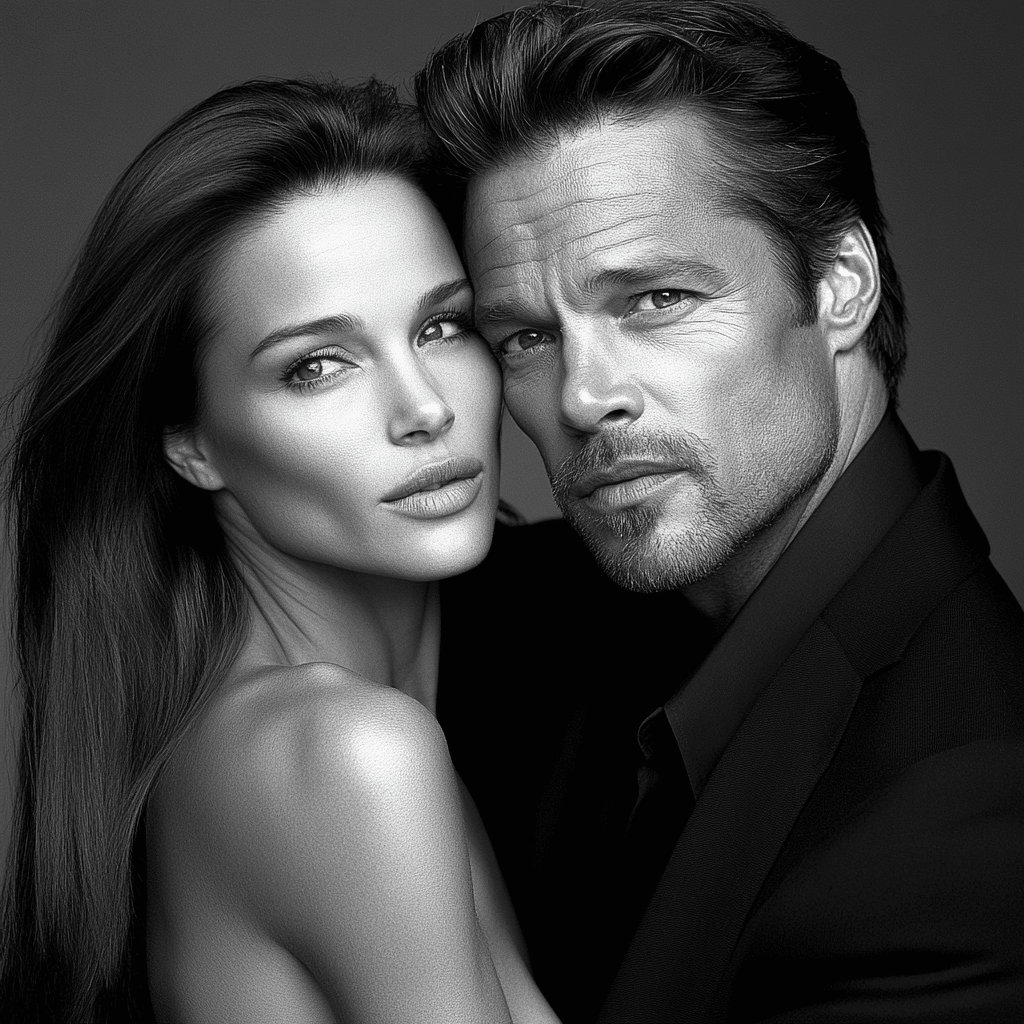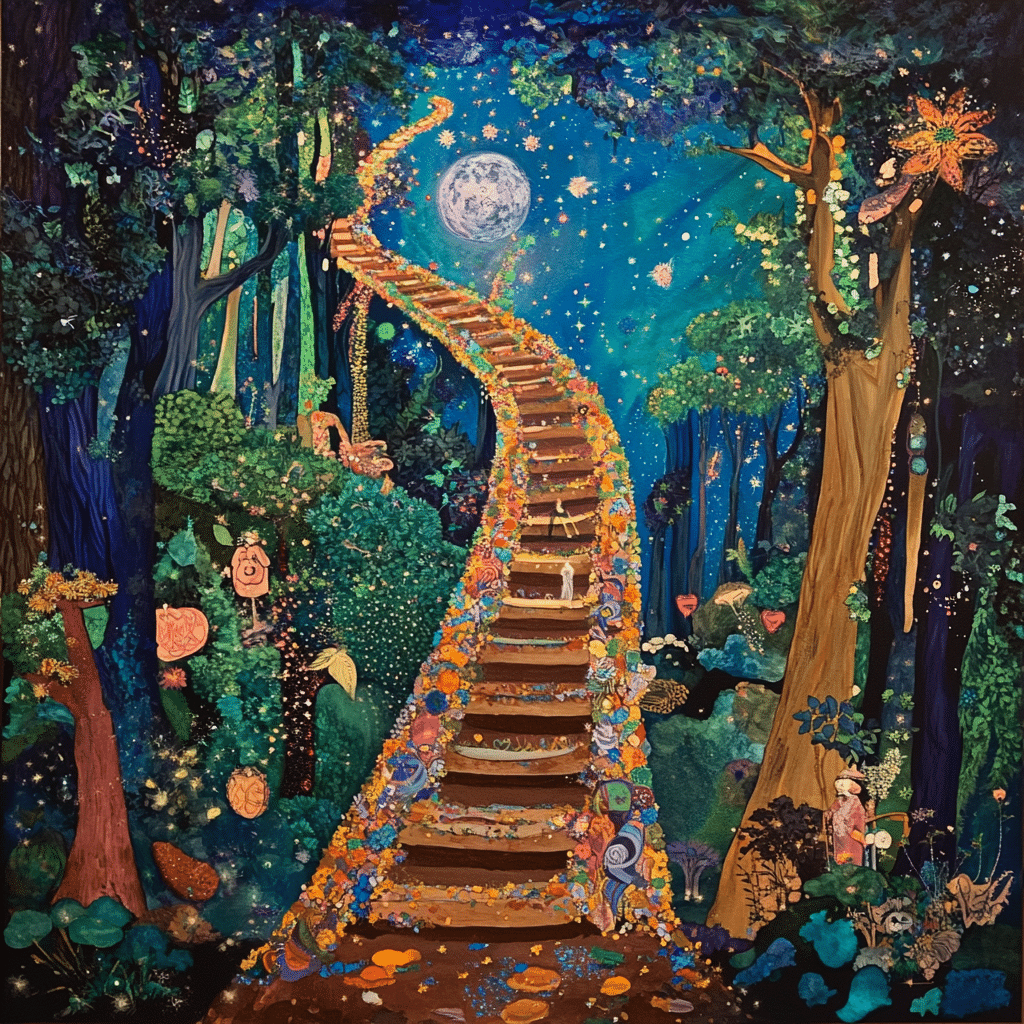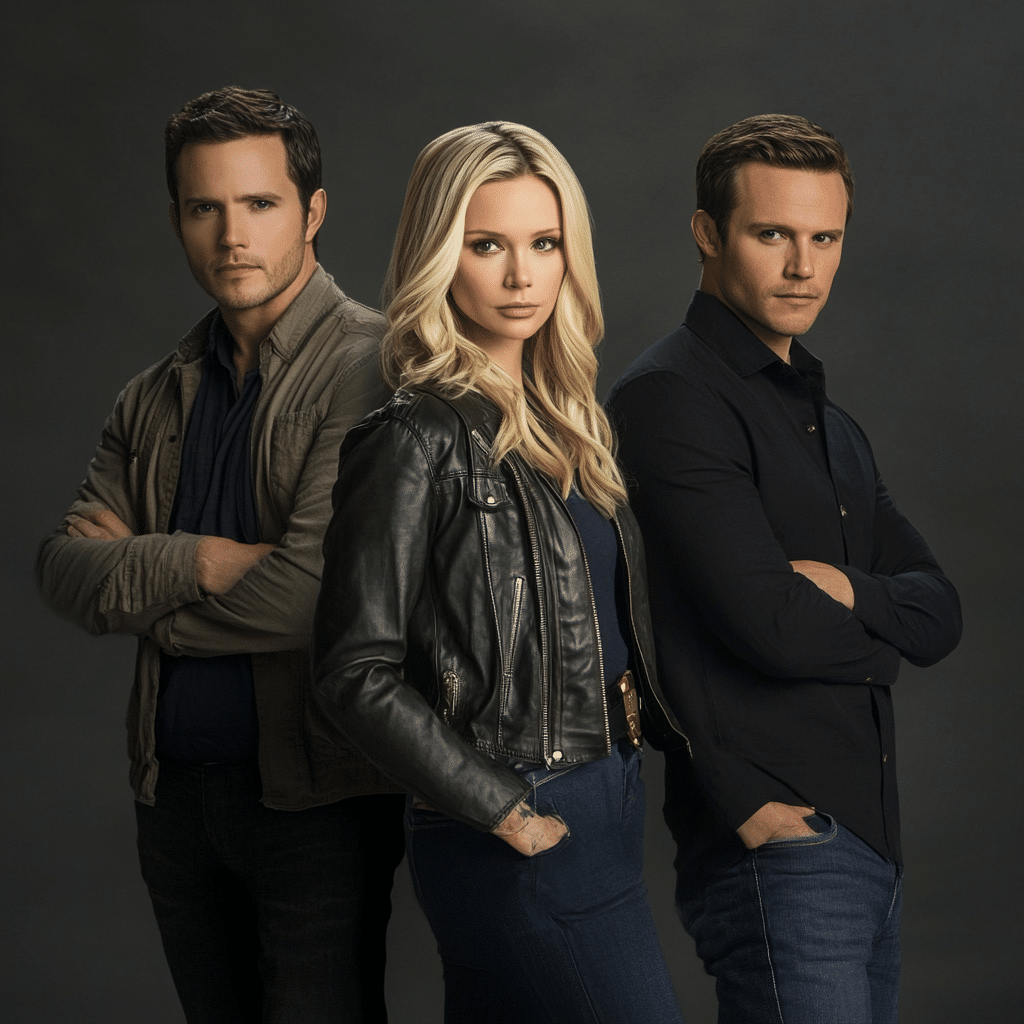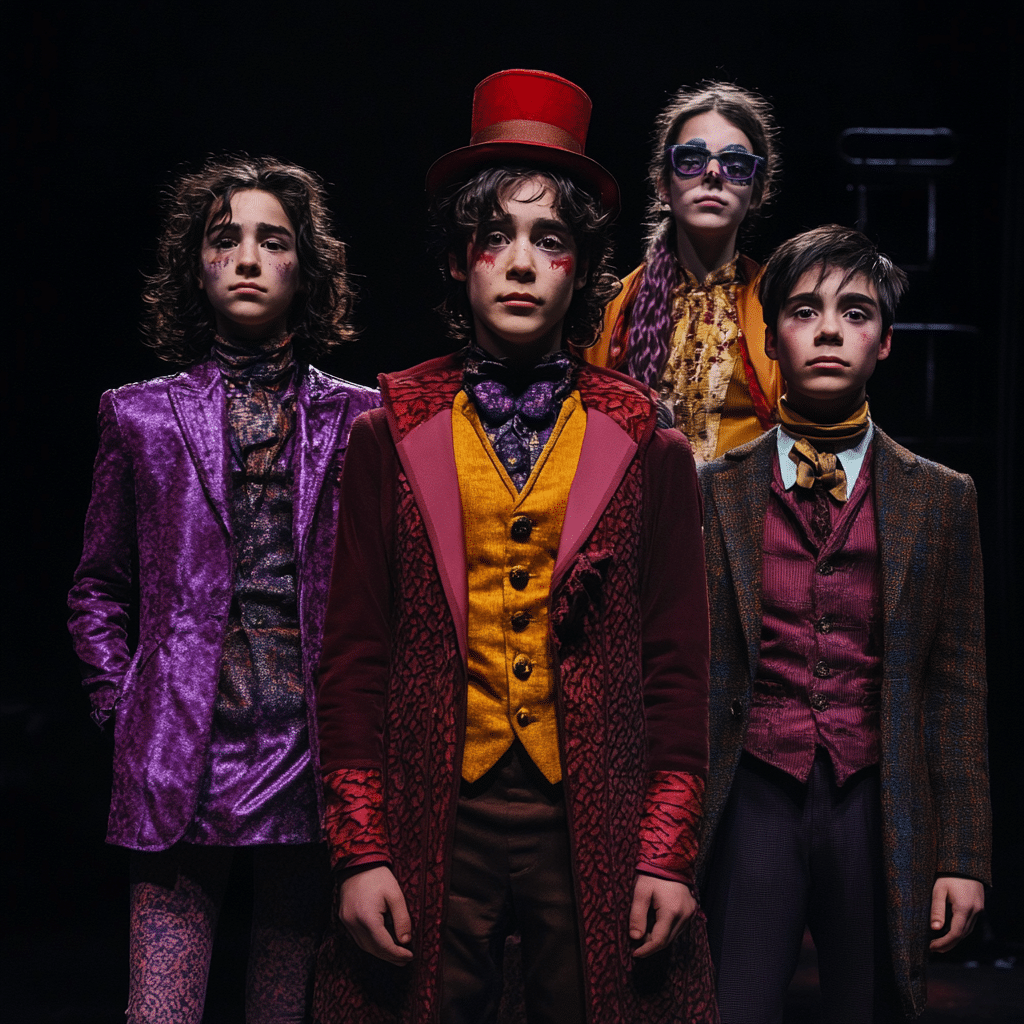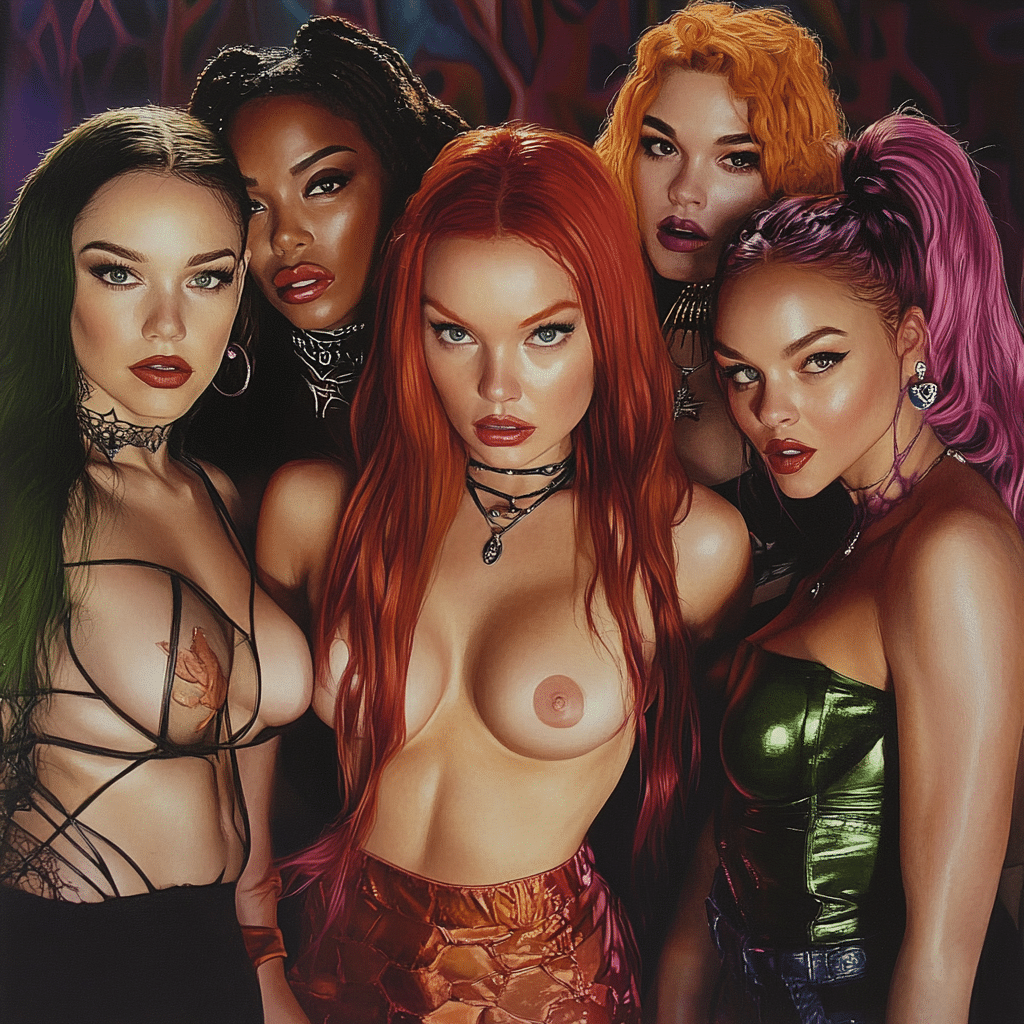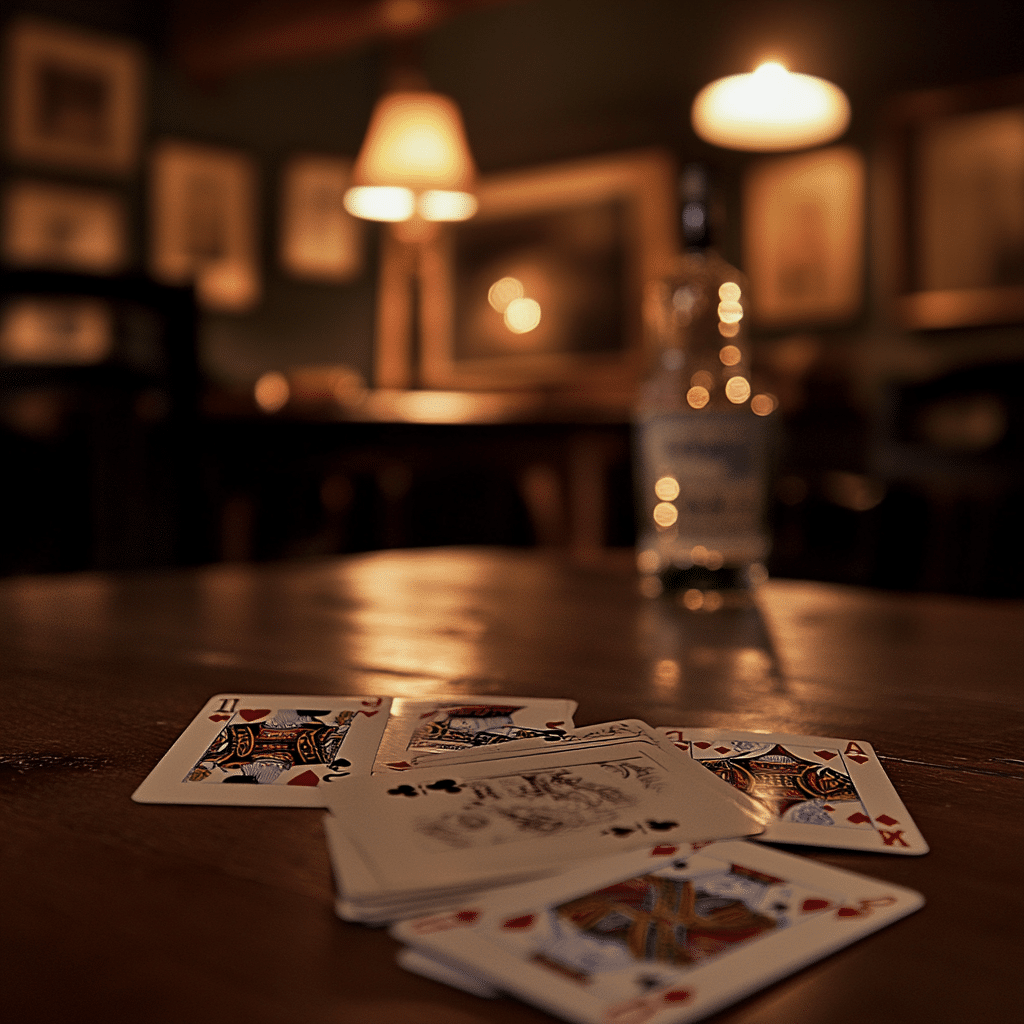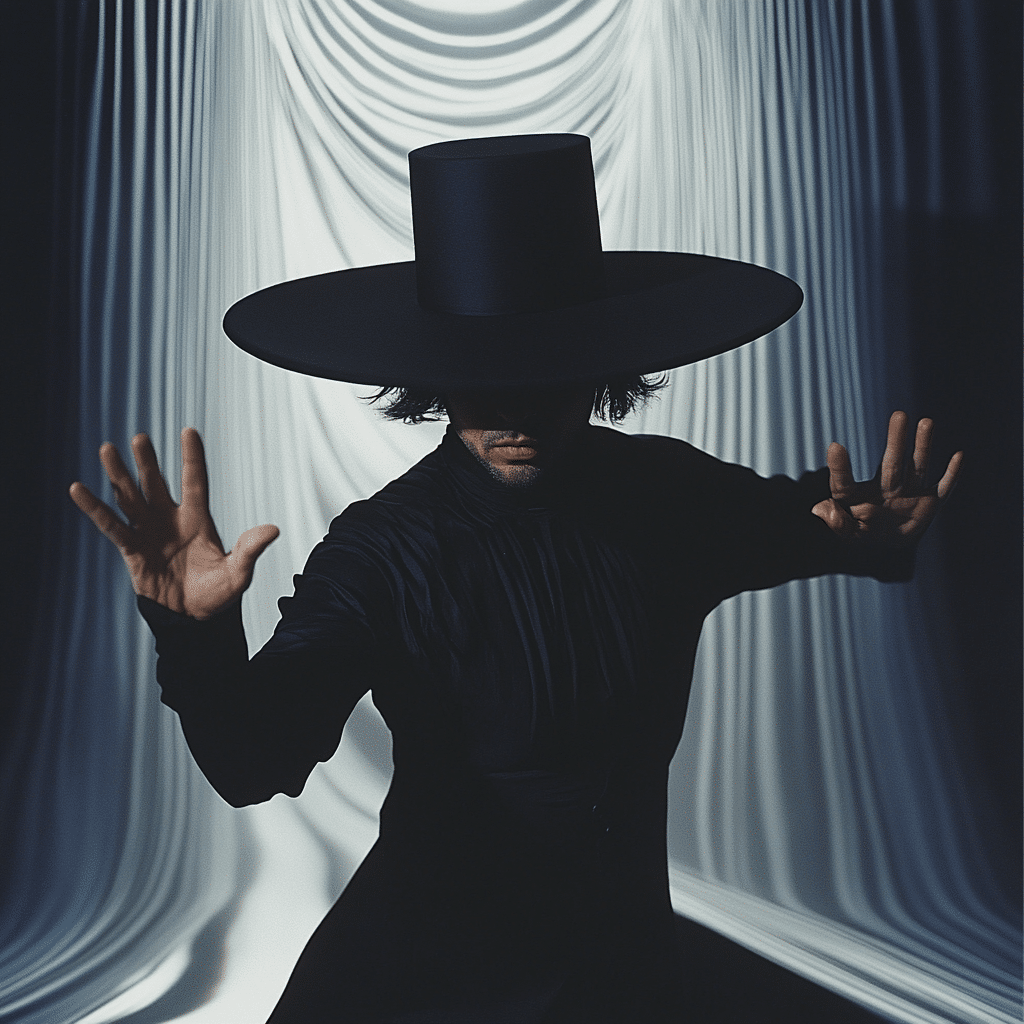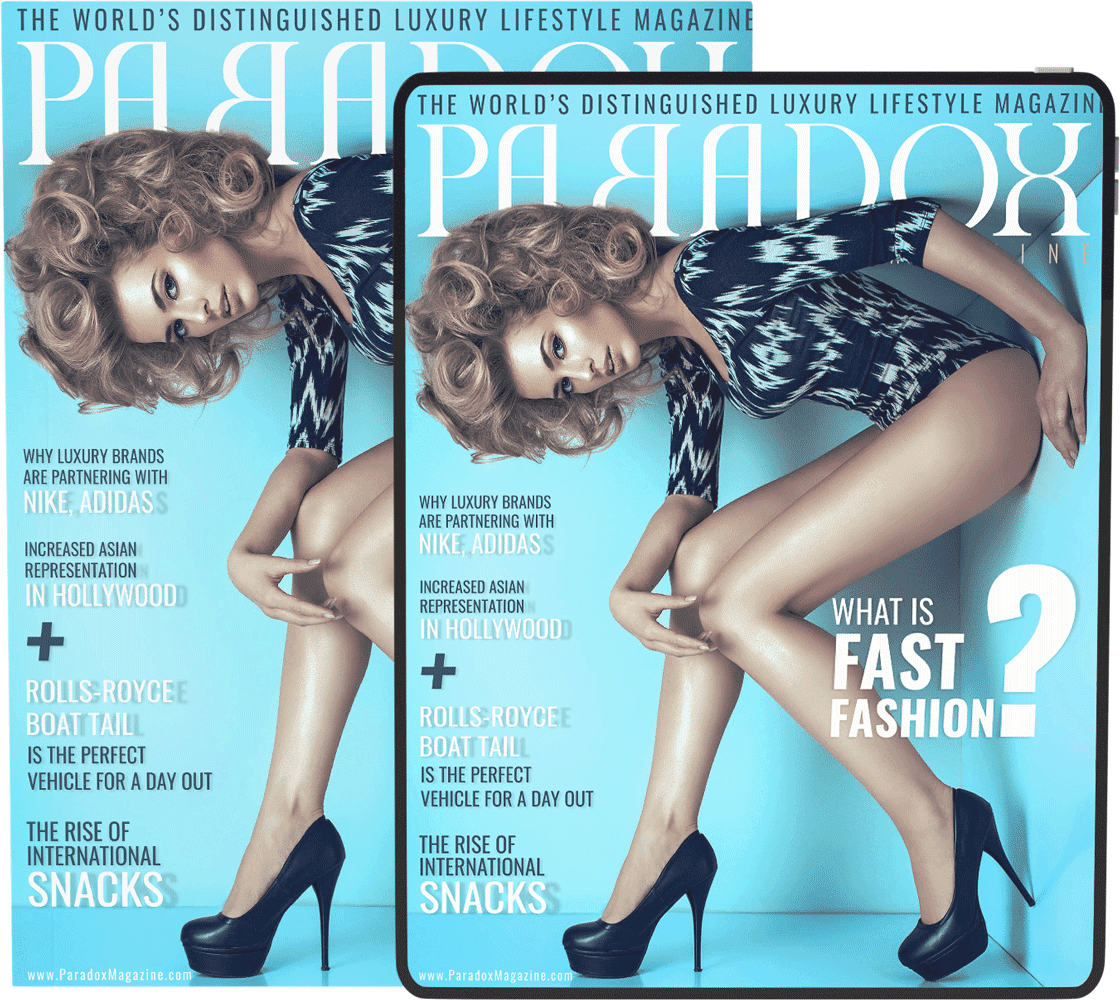When you’re wandering the sumptuous aisles of Paradox Magazine, darling, sometimes you stumble across a gem that emanates classic elegance and an untainted authenticity just like the perfect little black dress. Today, I’m pulling out such a bijou from the vaults of silver screen royalty: Mary Badham, the remarkable actress who became an icon as Scout Finch in “To Kill a Mockingbird.”
Mary Badham’s Emergence as Scout Finch
Born on October 7, 1952, in the heart of Birmingham, Alabama, Mary Badham was as much a normal munchkin as any. You could say she dove headfirst into the pool of Hollywood not with a graceful swan dive but more of an unexpected plop! With no prior acting experience, Mary was discovered by a director who clearly knew the diamond rough.
In 1962’s “To Kill a Mockingbird,” Badham was thrust onto the set like a doe-eyed ingenue at an Upper East Side gala. But oh, honey, did she command the room! She embraced the character of Scout Finch with a raw and persuasive innocence that even the most snobbish of fashionistas couldn’t help but praise. Were there challenges? Naturally. Imagine being a school kid one minute and the next, facing the glaring lights of Tinseltown. Badham was a trooper, adapting to her unexpected fame with a poise that even seasoned stars longed for.

The Cultural Impact of “To Kill a Mockingbird”
“Mockingbird” wasn’t just a film; it was a cultural shakedown in petticoats. It tackled gritty realities of racial injustice and childhood innocence like a bejeweled gown tackles a red carpet – with gravity and glam. During that tumultuous era of release, it didn’t just speak its truth; it sung it from the rooftops.
Mary Badham – with her potent amalgam of youthful naivety and fearless truth-telling – became the face of the voice we all yearned for at the cusp of the civil rights movements. And, darling, the global impact was seismic. Scout Finch wasn’t just a girl in dungarees; she was a symbol, a statement piece in the wardrobe of social progress.
| Category | Details |
|---|---|
| Full Name | Mary Badham |
| Date of Birth | October 7, 1952 |
| Place of Birth | Birmingham, Alabama, USA |
| Breakout Role | “Scout” Finch in “To Kill a Mockingbird” (1962) |
| Acting Experience Prior to “To Kill a Mockingbird” | None |
| Academy Award Nomination | Best Supporting Actress for “Scout” Finch (1962) |
| Other Notable Works | – “Let’s Kill Uncle” (1966) |
| – “The Twilight Zone” (1959, TV series) | |
| Recent Stage Work | Mrs. Dubose in the U.S. national tour of Aaron Sorkin’s stage adaptation of “To Kill a Mockingbird” (2022) |
| Collaborations | Worked with sister in “Let’s Kill Uncle” (1966); sister served as casting director |
| Personal Life Recognition | Mary Badham is recognized for her sister’s Oscar nomination |
Navigating Childhood Stardom
After the Oscars red-carpet whirlwind, where Mary was nominated, life could have been a champagne-soaked ride to the next big gig. But no, she tastefully tiptoed on the tightrope between normalcy and stardom, the public infatuated by her every move, like a paparazzi at a celebrity wedding.
The press, those busy little bees, buzzed around her blossoming career, chronicling her cinematic choices and everyday escapades with all the sass of fashion week critics dissecting a neophyte designer’s debut collection.
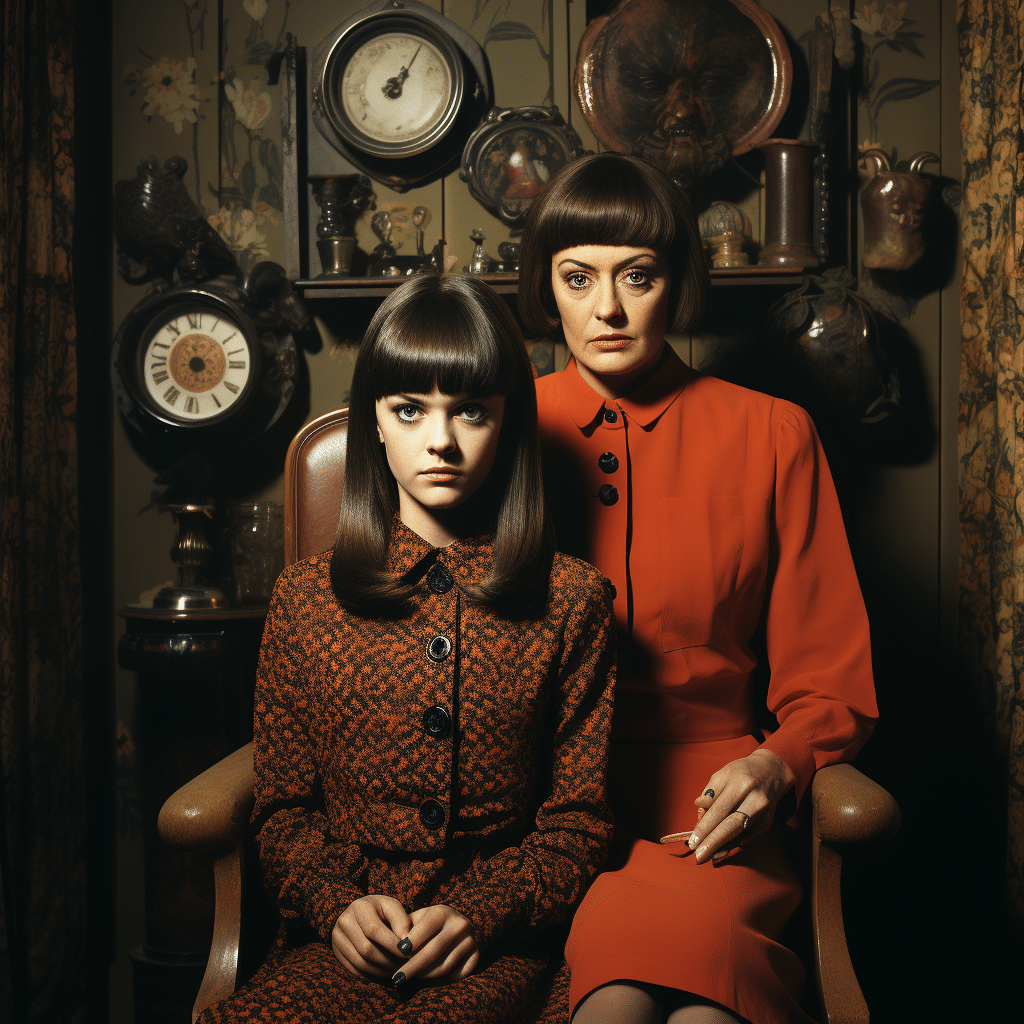
Beyond the Silver Screen: Mary Badham’s Advocacy and Contributions
Our starlet wasn’t just a one-picture wonder. Unbeknownst to many who fixate on the glamour of the galaxy, Badham’s work extended beyond the screen, channeling her fame into educational and social avenues akin to wearing couture for a cause.
She became an advocate for literature – a cause as timeless as a classic tweed suit – ensuring that the threads of Harper Lee’s words wove themselves into the fabric of future generations. She maintained her involvement with “To Kill a Mockingbird” events, engaging in conversations that kept the legacy of her character, Scout Finch, alive and relevant.
Notable Evaluations of Scout’s Persona
Badham’s portrayal of Scout Finch is as enduring as the most iconic designer logos. The critics tipped their hats to her, some even saying she outshone her literary counterpart! Mary provided a depth to Scout that made the lines between book and screen blur as if it were a Monet landscape – recognizable yet intriguingly different.
Modern adaptations have tried to recapture that Scout essence, but similar to a freshly debuted haute couture piece, the original remains the most coveted.
Interaction with Other “Mockingbird” Alums and Legacy Building
As snug as a pair of well-tailored trousers, Badham’s relationship with Harper Lee and Gregory Peck was familial. With her on-screen brother, Phillip Alford, she fostered a bond that endured beyond their black-and-white beginnings.
This “Mockingbird” family legacy wasn’t just a collection for a season; it was for a lifetime. And what of the novel’s sequel, “Go Set a Watchman”? Mary embraced the portrayal of an older Scout like a complex, matured fragrance—appreciated by those who understand the depth of its notes.
Mary Badham Now: Life and Perspectives in 2024
In 2024, Badham’s not just lounging on the sunny beaches of Las Ventanas cabo she’s reflecting on a role that’s as much a part of her as a signature scent on a silk scarf. At public appearances and candid interviews, like the loveliest of vintage pearls, her thoughts reveal the wisdom of many years spent in the glow of an iconic character.
And speaking of character, she slipped back into the literary world, portraying Mrs. Dubose in Aaron Sorkin’s stage adaptation of “To Kill a Mockingbird” in 2022. It was a tour de force debut—she took the stage like a seasoned couturier reimagines velvet.
Conclusion: The Eternal Scout – Mary Badham’s Enduring Legacy
Mary Badham, readers, is much more than a footnote in cinematic history. She’s the timeless embodiment of Scout Finch, with a resonance that continues to echo amid the cacophony of contemporary issues. Pausing to ponder the depth and durability of her impact is like realizing that the perfect accessory has been with you all along.
Her story isn’t merely a tale of a young girl on the big screen; it’s a woven tapestry of film, culture, and society – a priceless heirloom in the wardrobe of humanity. So, with every retelling of “To Kill a Mockingbird,” with every stage curtain call, with every inspired heart, remember the name Mary Badham. Because, honey, much like the perfect accessory, she makes the whole ensemble unforgettable.
The Untold Stories of Mary Badham
Well, ain’t this a delightful jam of tales? The endearing Mary Badham, known to many as Scout from the classic “To Kill a Mockingbird,” has life anecdotes that could fluff up Balaclavas on a winter’s day. You see, life’s a bit like knitting – a series of loops and twists. Take Badham’s moment under the Hollywood glitz; it’s as unpredictable as the switch between who Is Taylor swift dating now and her next chart-topping breakup ballad. Speaking of T-Swizzle, while Mary never had to pen a Taylor Swift breakup tune, she did have her own moments in the turbulent waters of young fame.
Hold your horses though, ’cause there’s more! Did you know that Mary Badham’s brother is the director John Badham? Yeah, the one who directed “Saturday Night Fever.” No Jeff Saturday blocking defensive lines there, but you can bet there was some spirited dancing. And just like Michael Clarke duncan brought gentle strength to “The Green Mile, Badham brought forthright innocence to her role as Scout – both roles forever etched into the celluloid history books.
Transitioning from child stardom, Mary took a turn faster than a beau ghosting after the prom. She left the spotlight quicker than Taylor Swift finding new inspiration for love songs with Joe Alwyn. Badham swapped lines for landlines, working for a time at Bellsouth. You heard it right; from silver screen to telephone scenes, she’s had a career more varied than a thrift shop’s sweater rack.
Yet, Mary ain’t a one-trick pony. She has played the Hollywood game with cards close to her chest, sure to never spill the beans like a clumsy soup waiter. So, whenever you think of Scout, remember Mary Badham’s journey is stitched with more colors than the most lavish of quilts. From acting alongside the greats to forging her own path outside the limelight, she’s proven that some stars keep twinkling, even beyond the camera’s gaze.
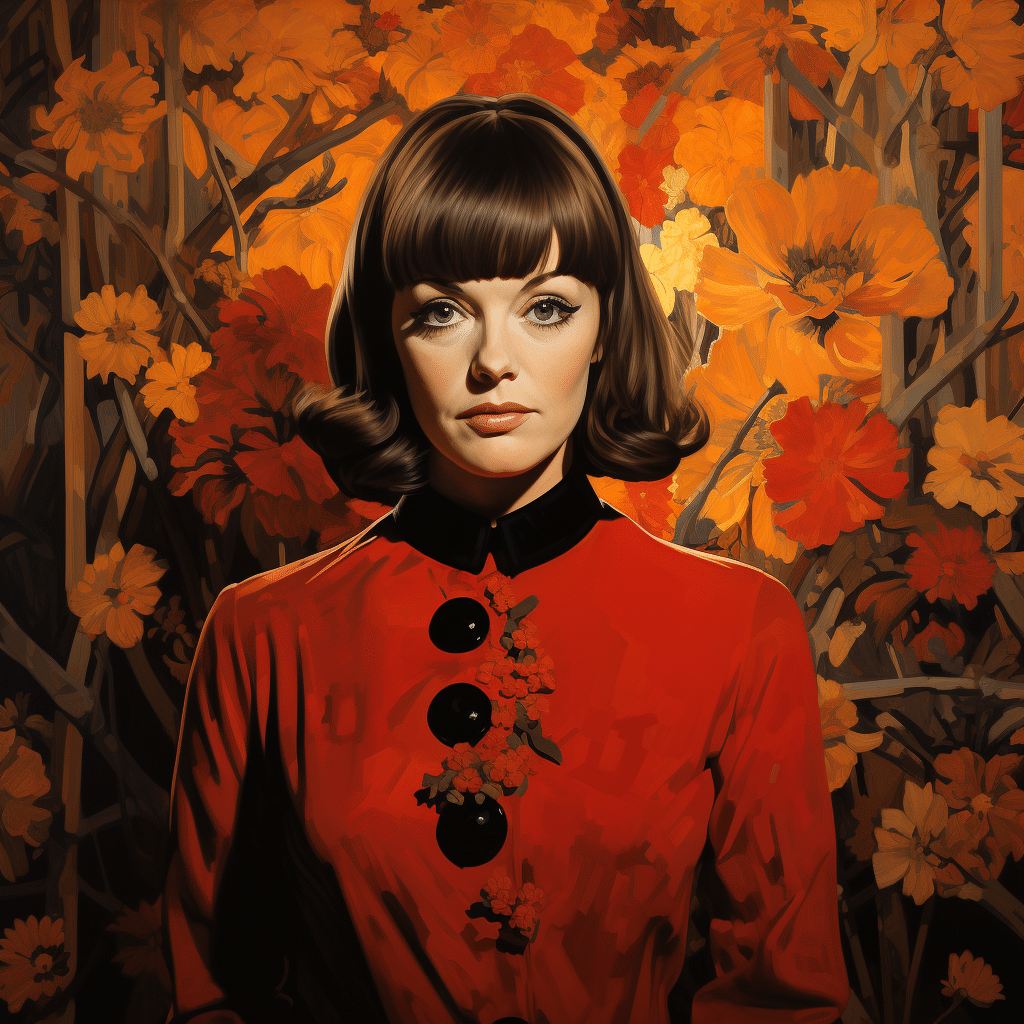
Was Mary Badham nominated for an Oscar?
Oh, you betcha! Mary Badham got the nod for an Oscar back when she wowed audiences as Scout in the 1962 flick “To Kill a Mockingbird,” and that was without any acting chops beforehand! Imagine stepping into the spotlight and just nailing it, huh?
What is Mary Badham doing now?
Fast-forward to now, and Mary Badham’s still killin’ it on stage, not just any stage, mind you—she’s rockin’ it as Mrs. Dubose in Aaron Sorkin’s adaptation of *To Kill a Mockingbird* on its US national tour. From screen to stage, she’s still got it, making her debut on March 27, 2022!
What other movies was Mary Badham in?
Besides breaking hearts as Scout, Mary Badham dabbled in a bit of the eerie and spooky, starring in “Let’s Kill Uncle” (1966) and an episode of “The Twilight Zone” (1959). A quick jump from tomboy charm to eerie thrills shows she wasn’t a one-trick pony!
Is John Badham related to Mary Badham?
Talk about keeping it in the family! John Badham is indeed Mary’s brother, and they teamed up once—she was in front of the camera, and he was behind it as the casting director for the 1966 thriller “Let’s Kill Uncle.”
How old was Mary Badham when she played Scout?
When Mary Badham took on the world as Scout, she was just a wee lass of 10 years old! Can you imagine? Oscar buzz at that age. She was born on October 7, 1952, so you do the math.
Who is the only person to present himself with an Oscar?
Buckle up for this fun fact—Norman Taurog is the chap who pulled off the cheeky move of presenting himself with an Oscar. He won Best Director for “Skippy” in 1931. We all need that kind of confidence, right?
Who played Scout in Mockingbird?
Well, look at that—we’ve looped back to Mary Badham! She’s the very Scout we’ve been gabbing about, with her astounding performance in “To Kill a Mockingbird.” She knocked it straight outta the park on her first go!
What did Miss Caroline try to do at lunch?
Talk about a teachable moment gone south! Miss Caroline Fisher, bless her heart, took a stab at offering Walter Cunningham a quarter for lunch in “To Kill a Mockingbird.” Little did she know, Pride with a capital ‘P’ meant no dice in Maycomb County.
Who played Scout in the movie?
That’s easy-peasy—Mary Badham’s the young starlet who brought Scout to life in the movie version of “To Kill a Mockingbird.” She made such a splash, everybody still talks about it!
Who played sport in the Twilight Zone?
If you’re scratchin’ your head trying to recall who played “sport” in “The Twilight Zone,” it was none other than Burt Reynolds in the episode titled “The Bard.” Yep, before he was a big shot, he was flexin’ his acting muscles on TV!
What movie did Richard Burton play in?
Richard Burton, that debonair actor of yesteryear, starred in way too many films to count, but one of his biggies was “Who’s Afraid of Virginia Woolf?” in 1966. Now that was a performance that had everyone on the edge of their seats!
What was Jennifer Lawrence’s first big movie?
Jennifer Lawrence burst onto the big screen and into our hearts with the movie “Winter’s Bone” in 2010. Bet she didn’t have the foggiest she’d go from Ozarks to the Oscars, right?
Did Mary Badham and Phillip Alford get along?
Childhood co-stars Mary Badham and Phillip Alford? They got along like a house on fire! They played siblings Scout and Jem in “To Kill a Mockingbird,” and their on-screen chemistry was the real McCoy. No sibling rivalry there!
Who directed Saturday Night Fever?
Put your hands together for John Badham! He’s the maestro who directed “Saturday Night Fever” in 1977, and boy, did he have us all strutting our stuff and jiving to that disco beat!
Is Phillip Alford still alive?
And on Phillip Alford, he’s alive and kickin’! Best known for his role as Jem Finch alongside Mary Badham, he played the ideal big bro in “To Kill a Mockingbird” back in ’62. Not much of a limelight fan these days, but he sure made an impression back then.



